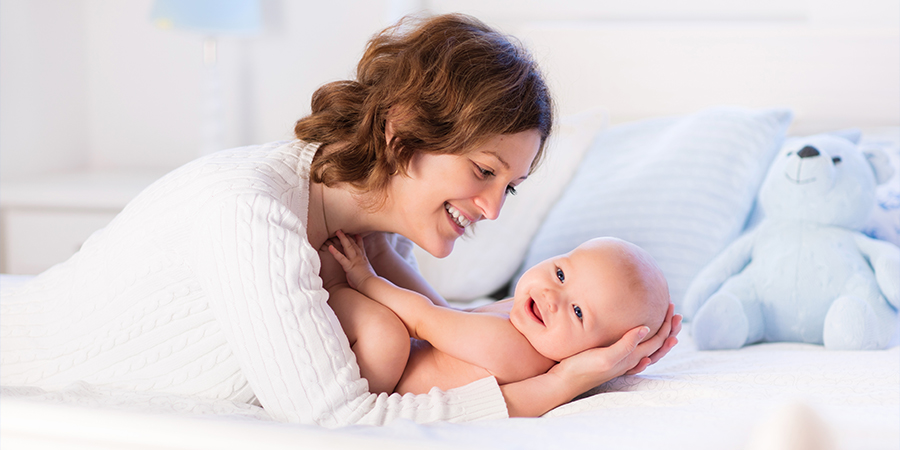Diapering is a cornerstone of parenting—while it may feel overwhelming at first, it quickly becomes a seamless part of your daily routine. At Pampers, we’re here to make every change a gentle, confident experience for you and your little one. Whether you’re a first-time parent or navigating the wiggling world of toddlerhood, this guide breaks down everything you need to know.
5 Key Steps to a Smooth Diaper Change
Let’s start with the basics. With the right prep and a little patience, you’ll transform diaper changes into a bonding moment.
1 Remove the Dirty Diaper
Lay your baby on a clean, safe surface (like a Changing Pad) and undo the soiled diaper. Roll it up, secure with the tabs, and set aside for disposal.
2 Gentle Cleaning is Key
Using Sensitive Wipes, wipe from front to back to reduce infection risk. Take care to clean all skin folds gently but thoroughly.
3 Care for Sensitive Skin
If diaper rash appears, apply a barrier cream like Diaper Rash Ointment to protect and soothe irritated skin. Most rashes resolve quickly with frequent changes and gentle care.
4 Place the Fresh Diaper
Slide a clean Swaddler (look for the colorful front markers!) under your baby’s bottom. Lift their legs gently by the ankles and position the diaper so the front reaches just below the belly button.
5 Fasten for a Secure Fit
Stretch the fastening tabs symmetrically across the waistband, ensuring a snug-but-comfortable fit (you should fit two fingers between the diaper and baby’s tummy). Flip out the leg cuffs to prevent leaks, and you’re done!
Essential Diapering Gear: What to Keep Handy
Stocking your changing station with the right tools makes every change easier:
- Diapers: Keep a mix of current and next-size-up on hand (our Size & Weight Chart can help you transition smoothly).
- Wipes: Sensitive Wipes are pediatrician-approved and hypoallergenic, perfect for delicate skin.
- Changing Pad: A cushioned, wipeable pad (like the Travel Changing Pad) adds comfort and hygiene, whether at home or on the go.
Newborns (0–3 Months)
- Umbilical Care: Fold the top of the diaper down until the cord stump falls off, and clean the area gently at each change.
- Frequent Changes: Newborns need ~10 changes daily—use the wetness indicator on diapers to stay ahead of leaks.
Toddlers (1+ Year)
- Wiggly Wins: Try Pull-Up Pants for active tots—pull up like underwear, tear away for quick removal.
- Potty Prep: Talk through the process (“We’re cleaning your bottom before putting on a fresh diaper!”) to build familiarity with hygiene.
When to Change Sizes: Signs Your Baby Needs a Bigger Diaper
- Not sure if it’s time to size up? Look for these clues:
- Tapes don’t reach the center of the waistband.
- Red marks on thighs or tummy from a too-tight fit.
- The diaper doesn’t fully cover the bottom or feel bulky.
- Frequent leaks, even with correct fastening.
FAQs:
- How often should I change a diaper?
Change immediately after poops and every 2–3 hours for wet diapers. Newborns may need more frequent changes to keep skin healthy.
- What if my baby hates diaper changes?
Make it a game! Sing songs, use a favorite toy as a distraction, or offer a small snack for toddlers. Consistency helps them feel secure.
Rash is usually due to prolonged moisture, friction, or irritation from stool. Choose the Softer Diaper, regular changes, and Sensitive Wipes can help keep skin balanced.
Parenting Win: Turn Changes into Bonding Moments
Diaper changes are more than a task—they’re a chance to connect. Make eye contact, chat about your day, or give gentle tickles during clean-up. Over time, your baby will learn this routine is a safe, loving part of their day.








